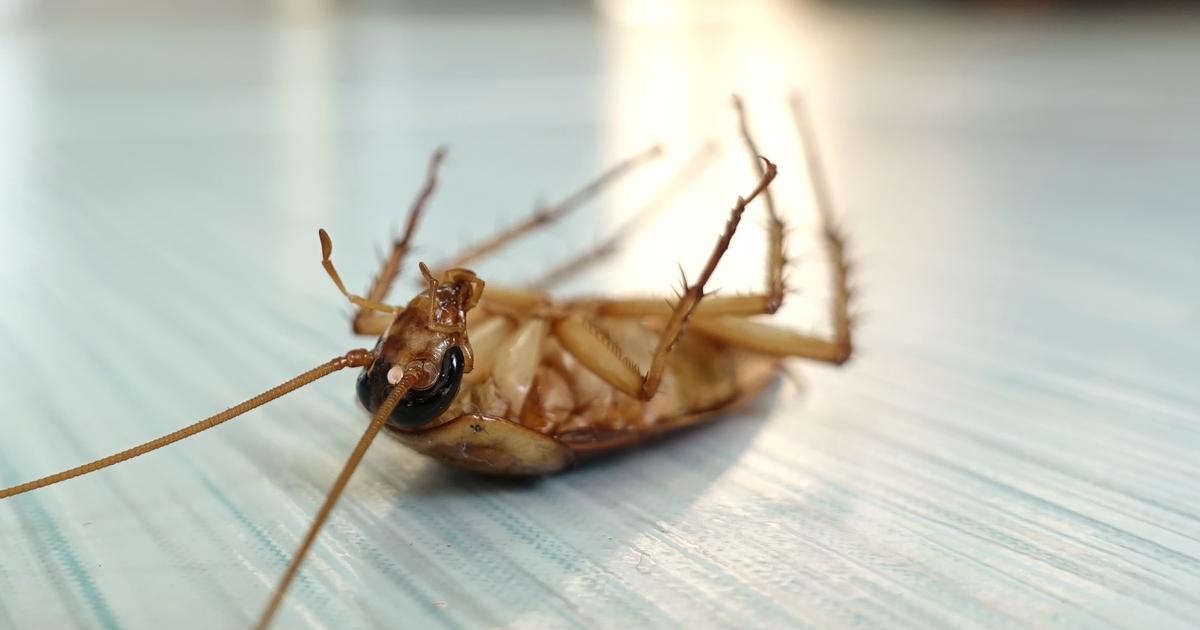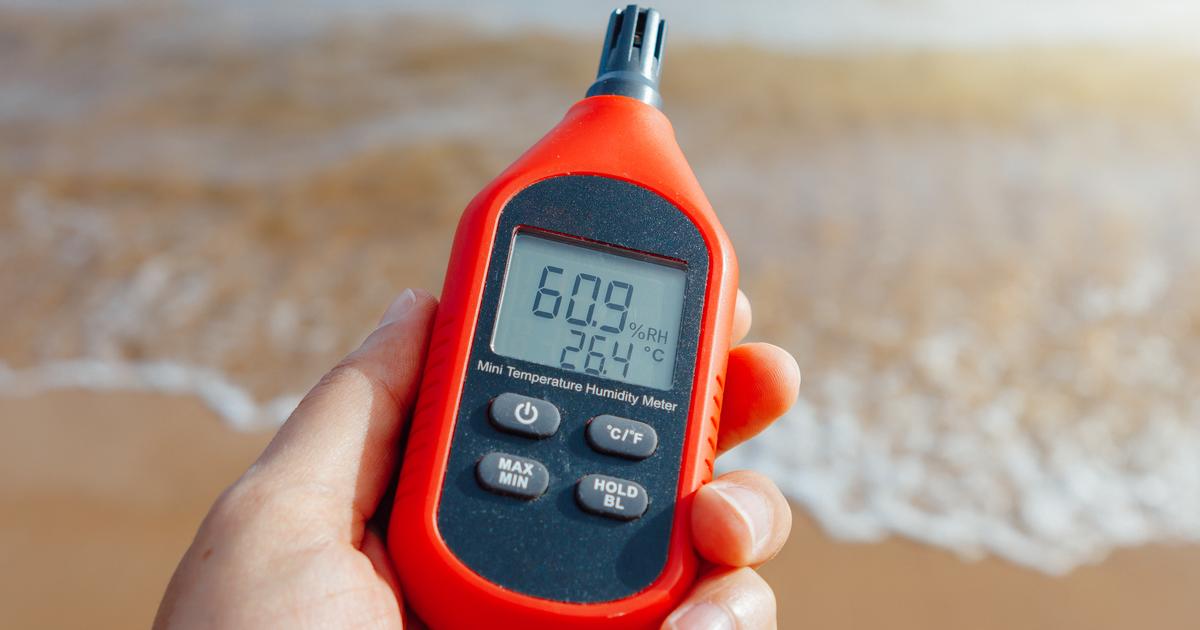Guide To Sneaky Allergy And Asthma Triggers
Cockroaches

Cockroaches are not only pests that surprise individuals in the middle of the night; they are also an allergy and asthma trigger. The National Pest Management Association states sixty-three percent of homes in America contain cockroach allergens such as saliva, feces, and shedding body parts. These facts are bound to give anyone cause to shiver. If individuals are experiencing a cockroach allergy, they may experience nasal congestion, skin rashes, ear infections, and sinus infections. They should make an effort to keep their kitchen and bathroom clean, as well as seal any leaks in the home that can give cockroaches water.
High Humidity

High humidity by itself is typically not an allergy trigger, though high humidity can result in heat rashes; it is just everything else that depends on high humidity. Most types of plants and mold love high humidity levels because it allows them to grow and to release pollen. Individuals who suffer from a mold allergy should keep a dehumidifier running in their home or areas in which they spend a lot of time. Doing so will keep the mold growth to a minimum, thus lessening allergies. Also, they should keep moisture control products in their closets and dark storage areas to fight against mold growth.
